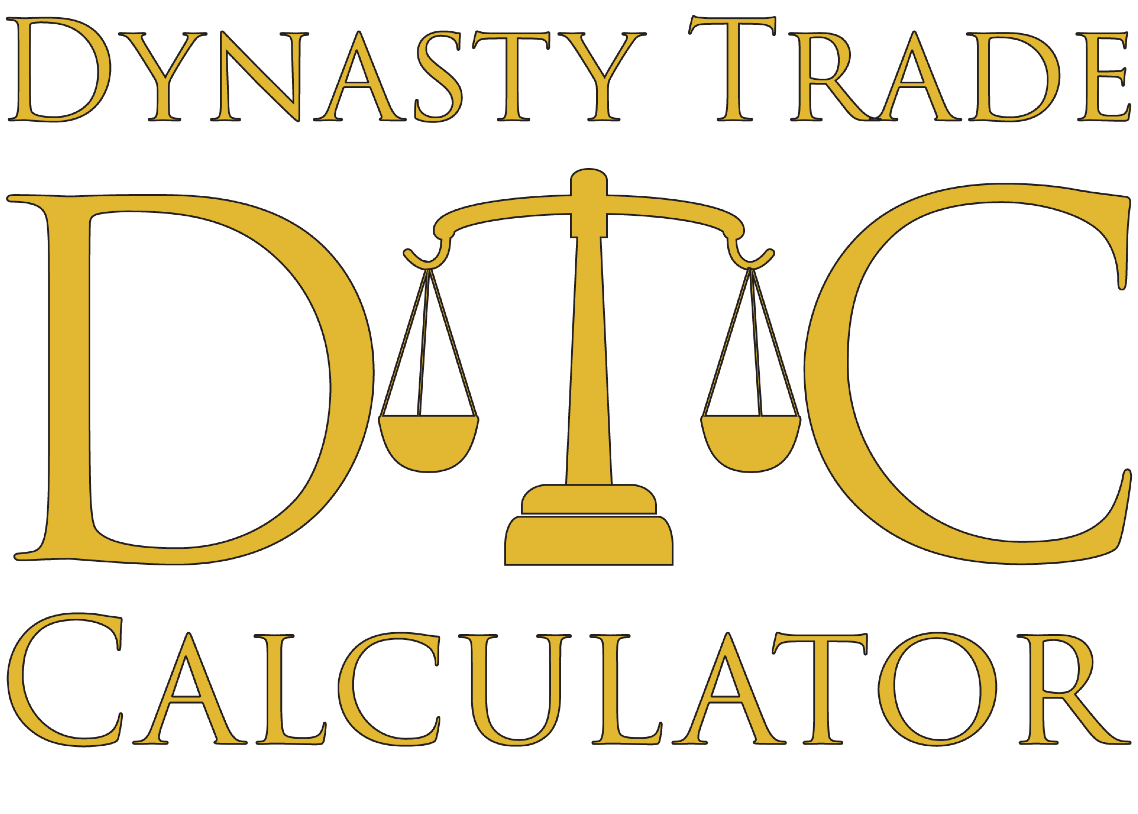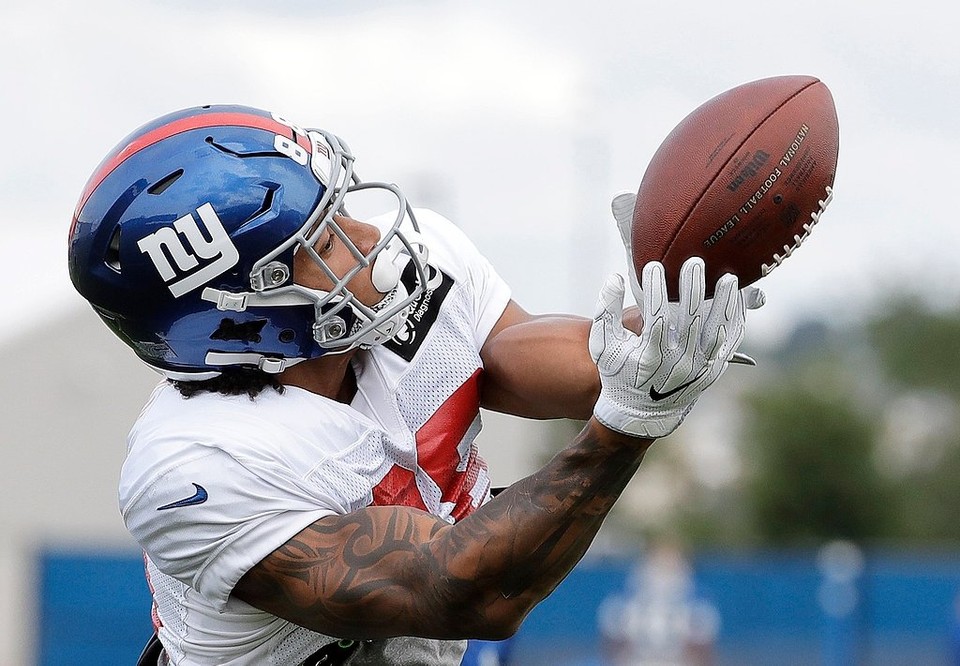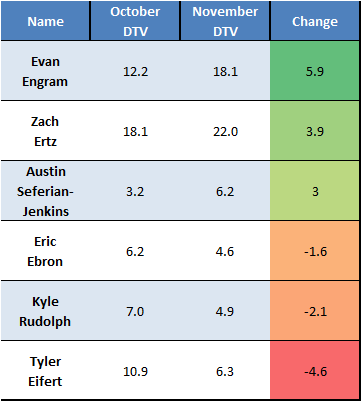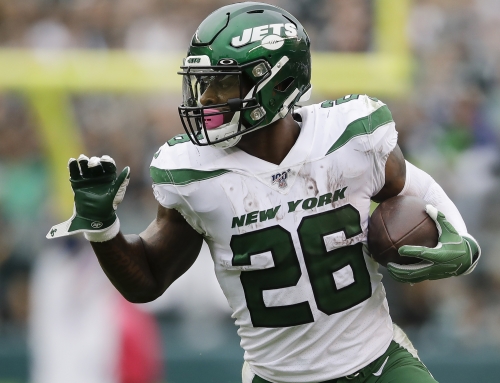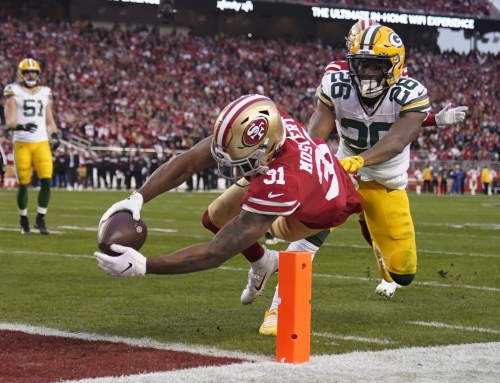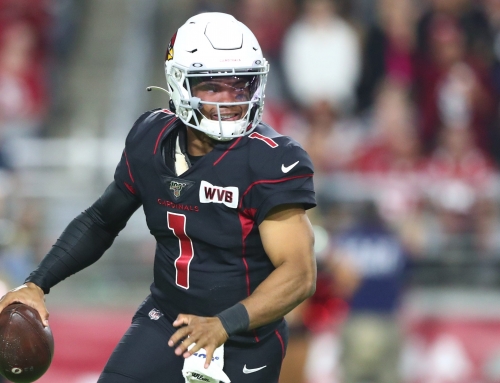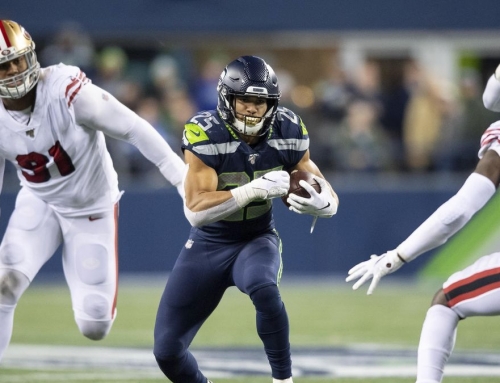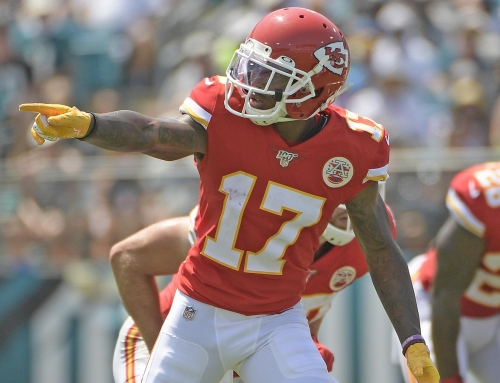Understanding and projecting player value is a key factor in dynasty fantasy football. Keeping ahead of a player’s constantly fluctuating value, whether the shift is positive or negative, can promote rapid team improvement and success. Included below are the biggest risers and fallers in Dynasty Trade Value (DTV) over the last month at the tight end position. Additionally, it includes brief analysis on what prompted the changes in value, as well as some brief thoughts on what to expect from each tight end moving forward. Unless otherwise specified, all DTVs are based on a 12-team PPR league format.
Evan Engram saw the biggest rise in DTV at the tight end position from October to November. The Giants lost Odell Beckham Jr. and Brandon Marshall for the season and were without Sterling Shepard for nearly three weeks. As a result, Engram stepped in to be the number one target in the Giants offense and has since produced. Through nine games, Engram has 34 receptions for 412 yards and 4 touchdowns. Hunter Henry’s 2016 final stat line was 36 receptions for 478 yards and 8 touchdowns. Engram has nearly matched the receptions and yards in only nine games. The Giants are likely to see a coaching change in the offseason. Eli Manning, when given the opportunity to throw often, is capable of supporting multiple weapons. In hindsight, he has proven to be very inconsistent and is showing signs of decline. Engram is still thriving with Eli at quarterback, Ben McAdoo running the show, and alongside a running game that garners little respect from opposing defenses. Showing positive results in an otherwise negative situation is a big reason for the rise in Engram’s DTV. If the Giants situation improves, Engram’s value could climb even higher and solidify his position in the top tier of fantasy tight ends.
That top tier of tights has a new member. Previously a two-man show of Rob Gronkowski and Travis Kelce, the top tier has welcomed Zach Ertz. Ertz surpassed 100 targets, 75 receptions and 800 yards in his previous two seasons but has accumulated only six touchdowns during that span. The emergence of Carson Wentz has opened up the Eagles offense. The Eagles lead the NFL in points and yards and Ertz has been a major recipient of that production. Ertz is on pace for career highs in receptions and yards and has already scored six touchdowns this year. Ertz is second on the team in total targets and leads them in red zone targets. Wentz looks for Ertz and as Ertz continues to dominate defenders, Wentz often has no reason to look elsewhere.
Austin Seferian-Jenkins has finally paid off long-suffering dynasty owners. He came into the NFL with everything a dynasty owner could want. He had the talent and the draft pedigree. However, substance abuse and lack of conditioning translated to lack of production during his time in Tampa Bay. In September 2016, the Buccaneers cut Seferian-Jenkins after his second DUI. Seferian-Jenkins appears to have taken control of his life. He shed weight and seems to have put the substance abuse behind him. Now focused on football, he finds himself playing for a New York Jets team that is low on pass game weaponry. Seferian-Jenkins leads the team in receptions. Josh McCown is having a surprising resurgence for the Jets but is not believed to be a long-term solution. A rookie quarterback could go either way for ASJ, but a reliable pass-catching tight end (how far has ASJ come to where he can be referred to as reliable?) can be a great weapon for a learning quarterback.
Eric Ebron may have finally worn out the hope of the last dynasty owner. Every season, expectations remained high for Ebron and with each passing season followed disappointment. Detroit’s offense flows through Matthew Stafford’s passing and Ebron has never been able to consistently join that flow. Darren Fells has scored more touchdowns as a Lions tight end this season than Ebron. Fells is also averaging about the same yards per receptions as Ebron, averaging 10.3 yards to Ebron’s 10.8. Ebron is already a player that is being benched for better options in fantasy and appears to be on his way towards a similar situation in the NFL.
Kyle Rudolph experienced career highs in targets, receptions, and receiving yards in 2016. This year has been a different story. Minnesota has had other weapons grow into their roles. Rookie Dalvin Cook was providing solid production from the running back position prior to his injury. Stefon Diggs, when healthy, commands targets, and Adam Thielen‘s role has grown. Rudolph appears to be the victim of the other weapons growing. The change in quarterback from Sam Bradford to Case Keenum as a result of Bradford’s injury has also been a factor. While Bradford seemed to have the capability to support multiple offensive weapons, Keenum presents a limited ceiling to the Vikings offense. Limited upside has ultimately limited Rudolph’s fantasy outlook. He is considered nothing more than a spot starter for when the matchup is favorable or for when the more favorable options are on bye.
Tyler Eifert got hurt. The sky is blue. Eifert, when healthy, can be an elite tight end. Andy Dalton loves to target him. Eifert is a major weapon anywhere on the field and is especially dangerous in the red zone. Problem is, he can’t stay on the field long enough to receive those targets. Since playing 15 games in his 2013 rookie season, Eifert played only 24 games in next four years and 13 of those came in 2015. Reports are that Eifert should be able to fully recover from his most recent injury and take the field in 2018 but it may happen in a new surrounding as he is set to be a free agent after this season. He is likely to sign a one year “prove it” deal. For him to be able to prove it, he will have to be healthy and wind up in a situation where his pass-catching talents can be utilized from a tight end situation.
